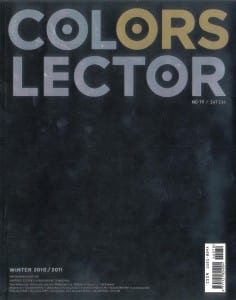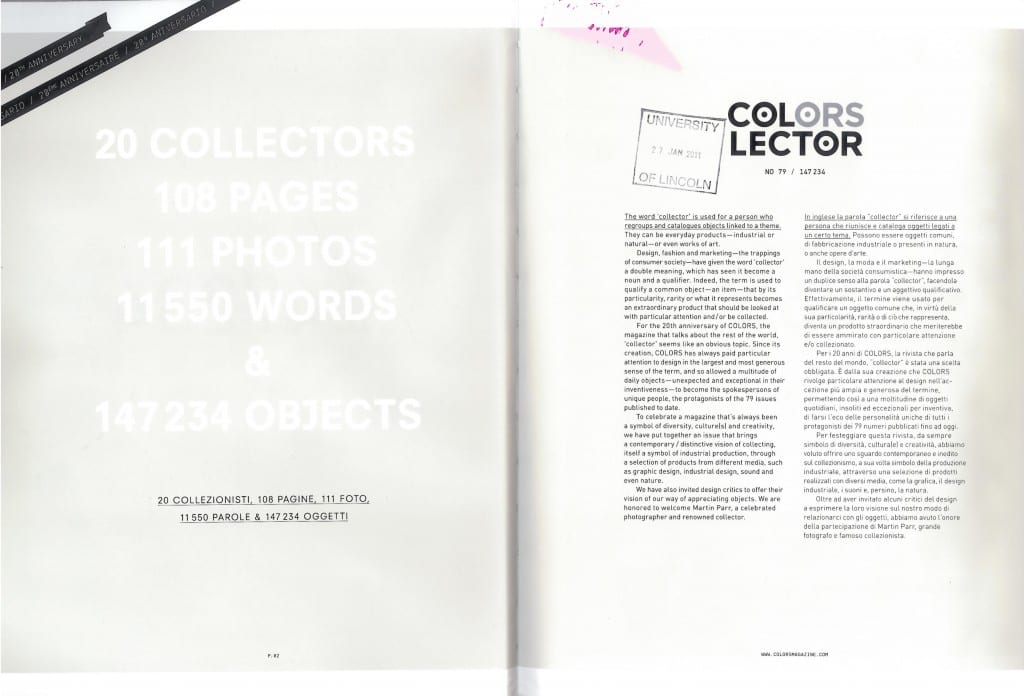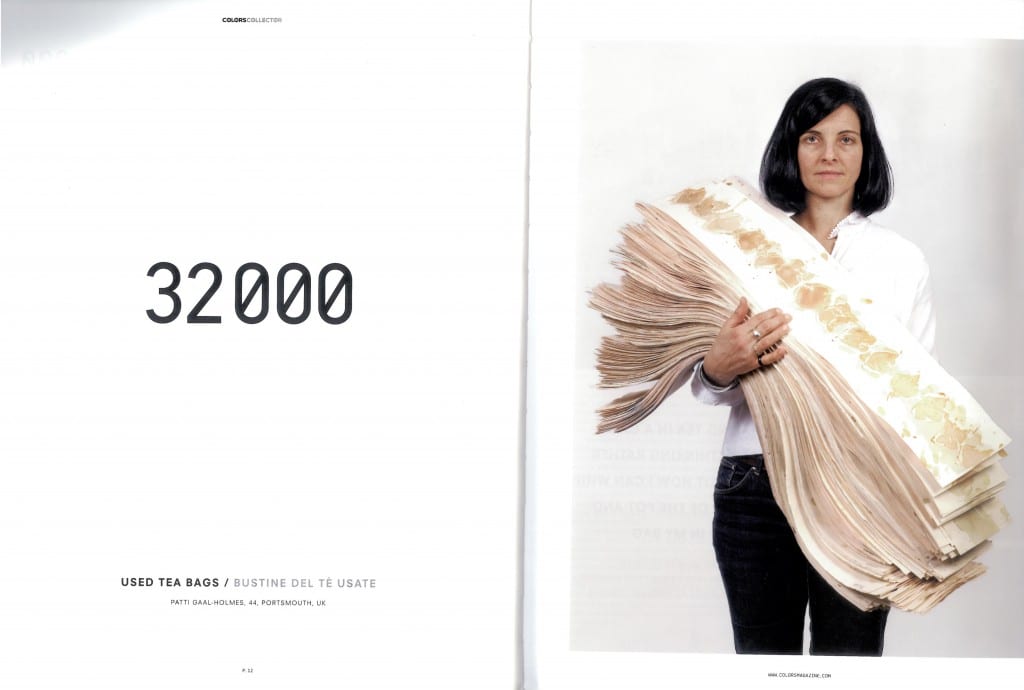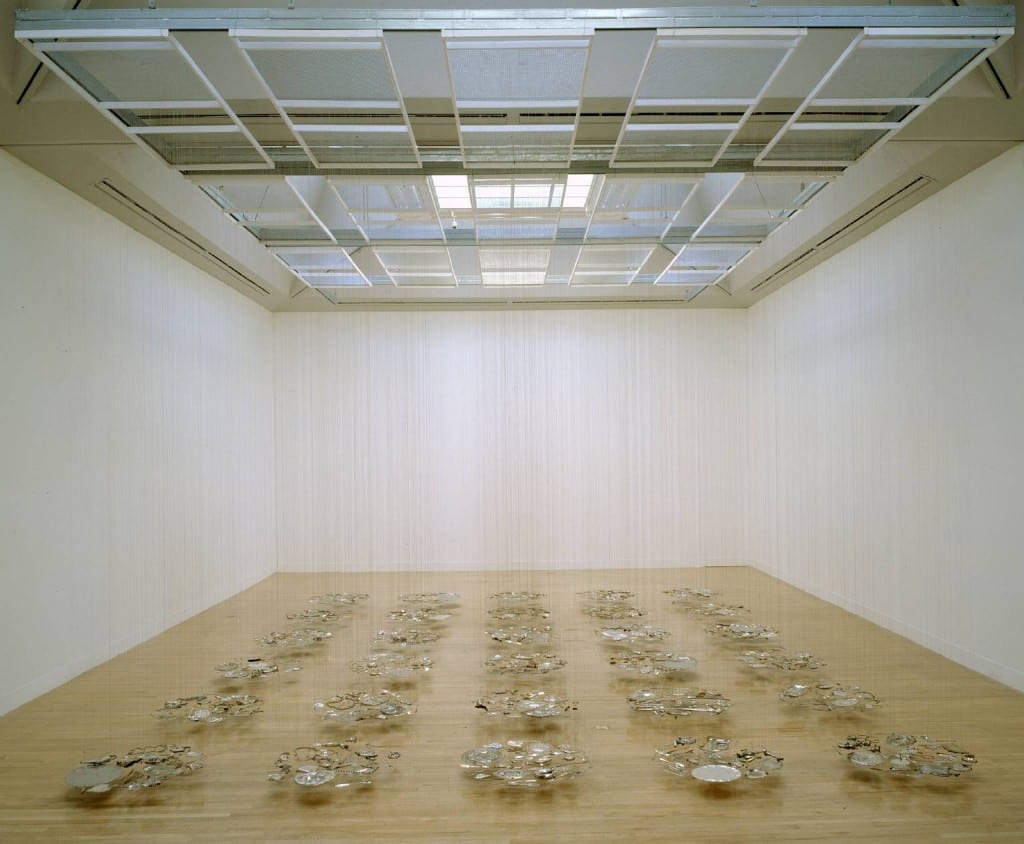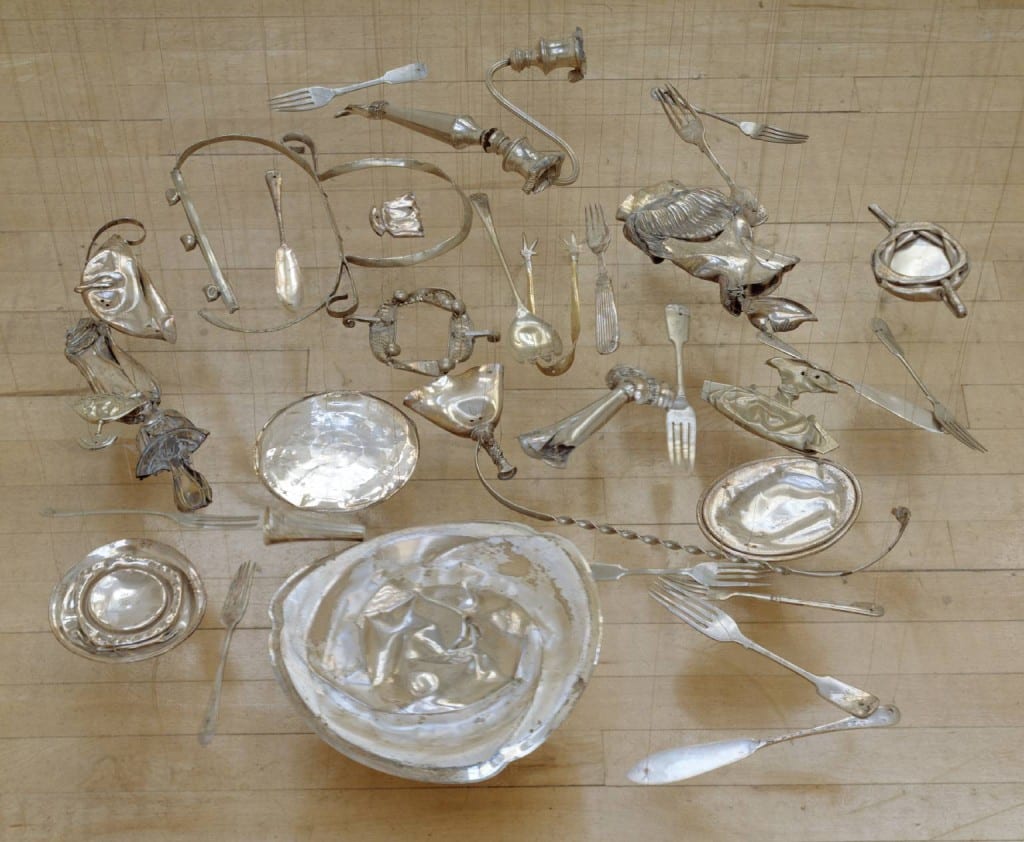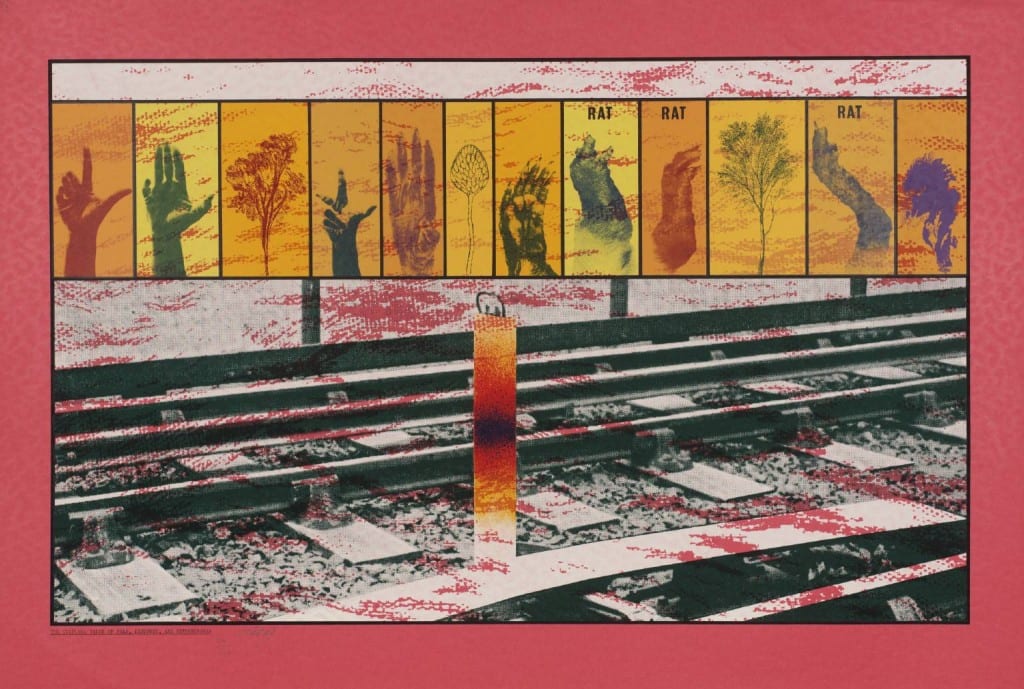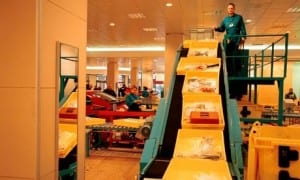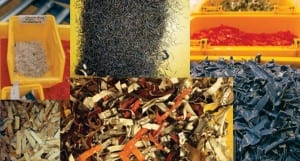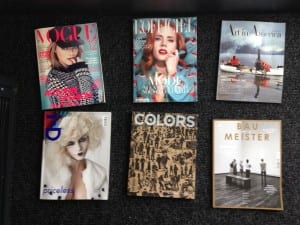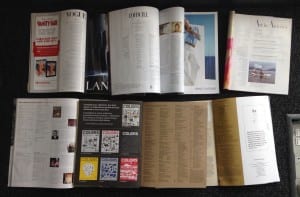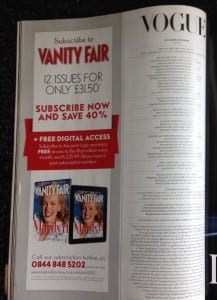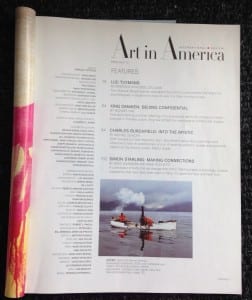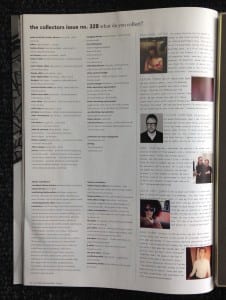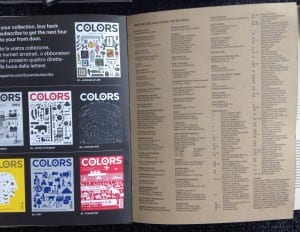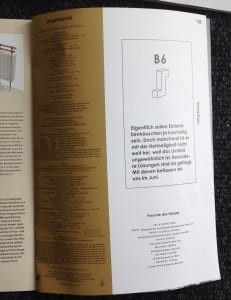With my idea of creating a ‘Publication of Me’, I thought about the idea and format of an Annual Report. Like how companies sell themselves, including financial reports and showing what they are etc, I could do the same, with me!
I didn’t know much about Annual Reports, so I researched a bit about them…
Definition:
1. An annual publication that public corporations must provide to shareholders to describe their operations and financial conditions. The front part of the report often contains an impressive combination of graphics, photos and an accompanying narrative, all of which chronicle the company’s activities over the past year. The back part of the report contains detailed financial and operational information.
2. In the case of mutual funds, an annual report is a required document that is made available to fund shareholders on a fiscal year basis. It discloses certain aspects of a fund’s operations and financial condition. In contrast to corporate annual reports, mutual fund annual reports are best described as “plain vanilla” in terms of their presentation.
-Letter to the Shareholders
-Narrative Text, Graphics and Photos
-Management’s Discussion and Analysis
-Financial Statements
-Notes to Financial Statements
-Auditor’s Report
-Summary Financial Data
-Corporate Information2. A mutual fund annual report, along with a fund’s prospectus and statement of additional information, is a source of multi-year fund data and performance, which is made available to fund shareholders as well as to prospective fund investors. Unfortunately, most of the information is quantitative rather than qualitative, which addresses the mandatory accounting disclosures required of mutual funds.
An annual report can give you a lot of important information about a company. When you’re a regular stockholder, the company sends you its annual report…
You need to carefully analyze an annual report to find out the following:
- You want to know how well the company is doing. Are earnings higher, lower, or the same as the year before? How are sales doing? These numbers should be presented clearly in the financial section of the annual report.
- You want to find out whether the company is making more money than it is spending. How does the balance sheet look? Are assets higher or lower than the year before? Is debt growing, shrinking, or about the same as the year before?
- You want to get an idea of management’s strategic plan for the coming year. How will management build on the company’s success? This plan is usually covered in the beginning of the annual report — frequently in the letter from the chairman of the board.
Your task boils down to figuring out where the company has been, where it is now, and where it’s going. As an investor, you don’t need to read the annual report like a novel — from cover to cover. Instead, approach it like a newspaper and jump around to the relevant sections to get the answers you need to decide whether you should buy or hold on to the stock.
Annual reports can:
- communicate not just your activities, but your accomplishments during the past year;
- convince existing supporters that their funds are being well spent and help you raise money by attracting new donors;
- educate community leaders and influential decisionmakers about your work on important issues;
- recognize special people including donors and volunteers; and
- serve as a historical record of your progress.
